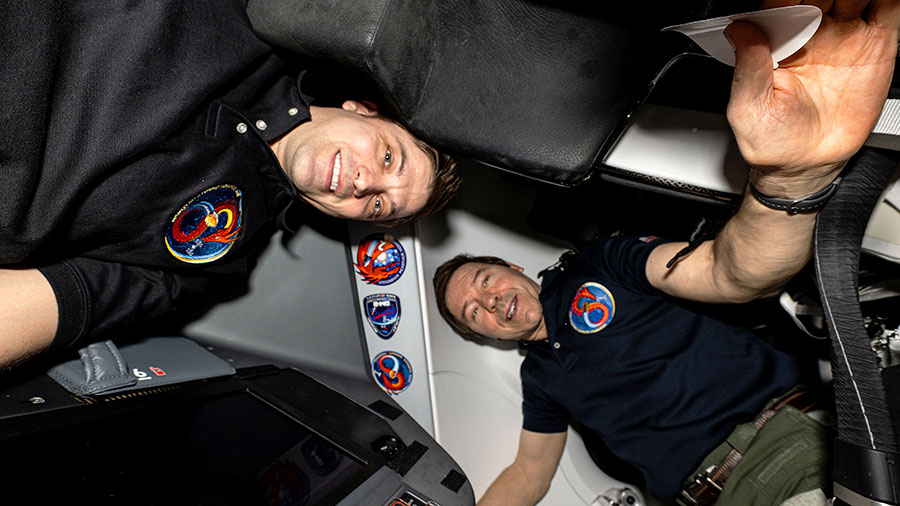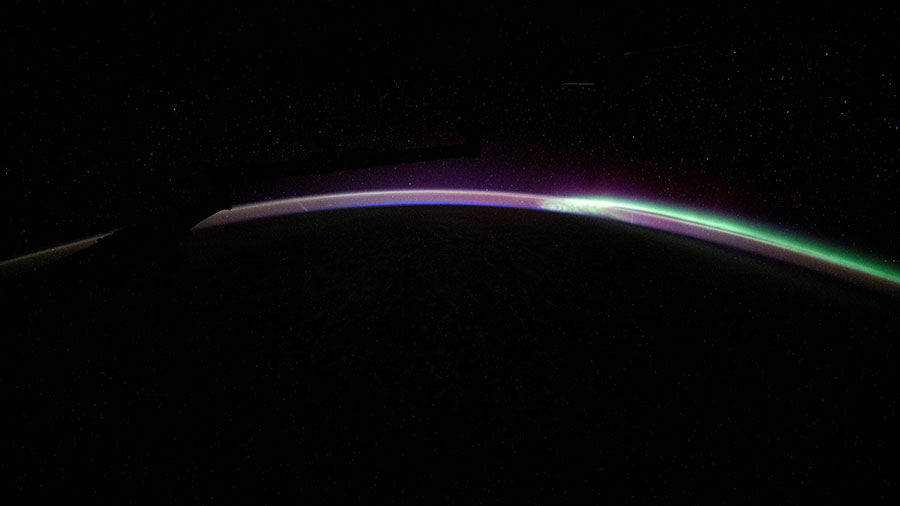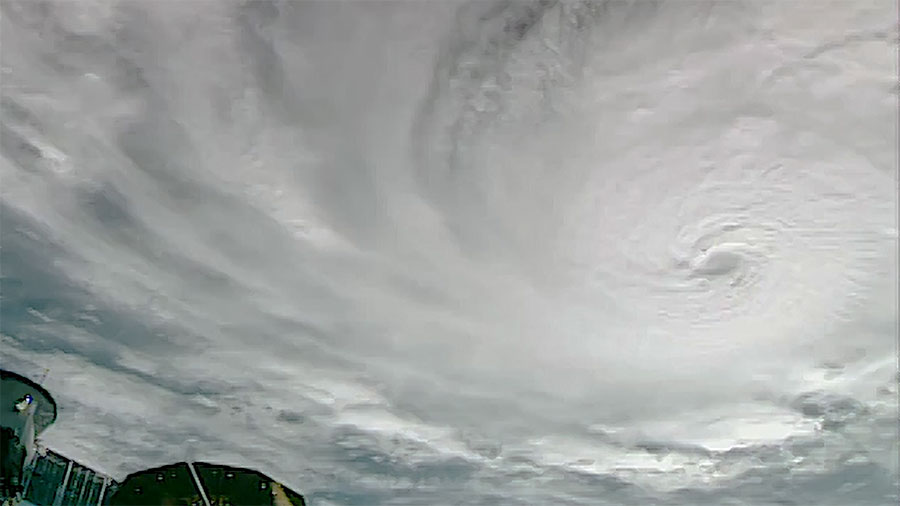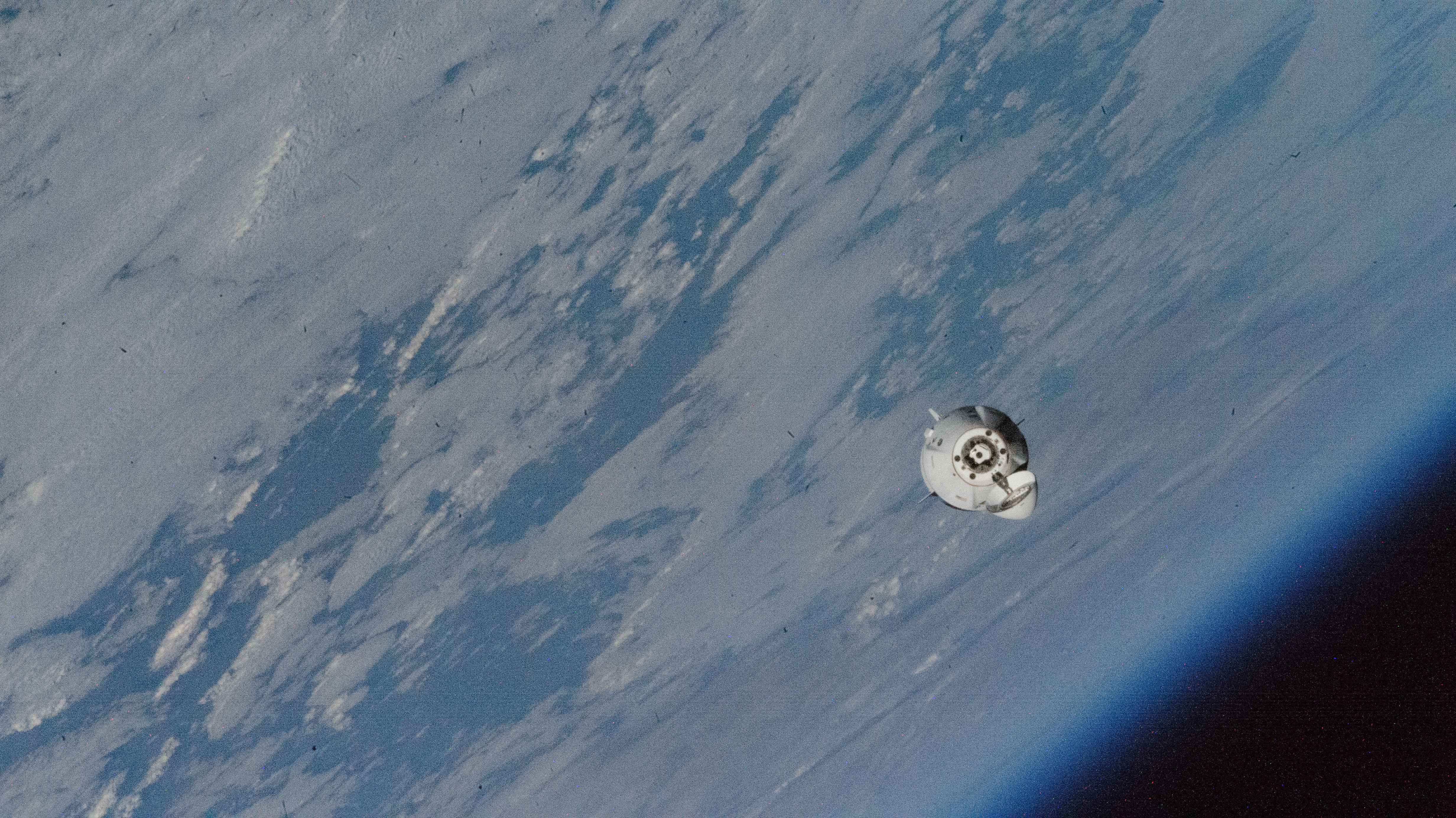
Dragon spacecraft operations were underway aboard the International Space Station on Friday as four crew members prepare to return to Earth and another quartet prepares to swap docking ports. Meanwhile, microgravity science continued apace as the Expedition 72 crew explored how weightlessness affects stem cells, plant growth, and equilibrium.
NASA’s SpaceX Crew-8 mission is about to complete a seven-month mission aboard the orbital outpost that began on March 3. The homebound quartet, with NASA astronauts Matthew Dominick, Mike Barratt, and Jeanette Epps and Roscosmos cosmonaut Alexander Grebenkin, completed final reviews on Friday for their departure aboard the Dragon Endeavour spacecraft targeted for Sunday at 6:05 a.m. EDT.
NASA+ will stream Crew-8’s hatch closing and undocking from the Harmony module’s space-facing port beginning at 4 a.m. on Sunday. NASA+ will also start its live coverage of Crew-8’s return to Earth at 2:30 p.m. on Monday before Dragon splashes down at 3:38 p.m., pending weather. Learn how to watch NASA content through a variety of platforms, including social media.
The most recent Dragon spacecraft to visit the orbital outpost, Freedom, will switch docking ports a few days after Endeavour competes its mission. Crew-9 Commander Nick Hague from NASA will lead NASA astronauts Suni Williams and Butch Wilmore along with cosmonaut Aleksandr Gorbunov aboard Freedom during the quick ride from Harmony’s forward port to the port vacated by Crew-8. The foursome spent about an hour on Friday training for their relocation activities. NASA+ will cover the relocation activities live when mission managers finalize a time and date for Dragon’s port switch.
The Dragon crew members are still a part of the 11-member Expedition 72 crew and kept up their advanced space research activities on Friday helping NASA and its international partners keep humans healthy on and off the Earth. Williams and Wilmore serviced stem cell samples for microscope operations to learn how to treat blood diseases and cancers. Dominick and Epps were back on space botany research investigating how plants absorb water in space to support self-sufficient missions farther away from Earth. Barratt uninstalled and stowed hardware that enabled observations of how plants grow in the microgravity and radiation environment. Finally, Hague joined NASA Flight Engineer Don Pettit, who arrived at the orbiting lab aboard the Soyuz MS-26 crew ship, for eye scans with the Ultrasound 2 device.
The two cosmonauts who launched to space with Pettit, Flight Engineers Alexey Ovchinin and Ivan Vagner, took turns exploring how the lack of gravity affects their sense of balance, vision, and other sensory cues. The pair attached sensors near their eyes and ears and wore virtual reality goggles that tracked their eye movements to improve astronaut training and adaptation and promote therapies for patients on Earth.
Learn more about station activities by following the space station blog, @space_station and @ISS_Research on X, as well as the ISS Facebook and ISS Instagram accounts.
Get weekly video highlights at: https://roundupreads.jsc.nasa.gov/videoupdate/
Get the latest from NASA delivered every week. Subscribe here: www.nasa.gov/subscribe









